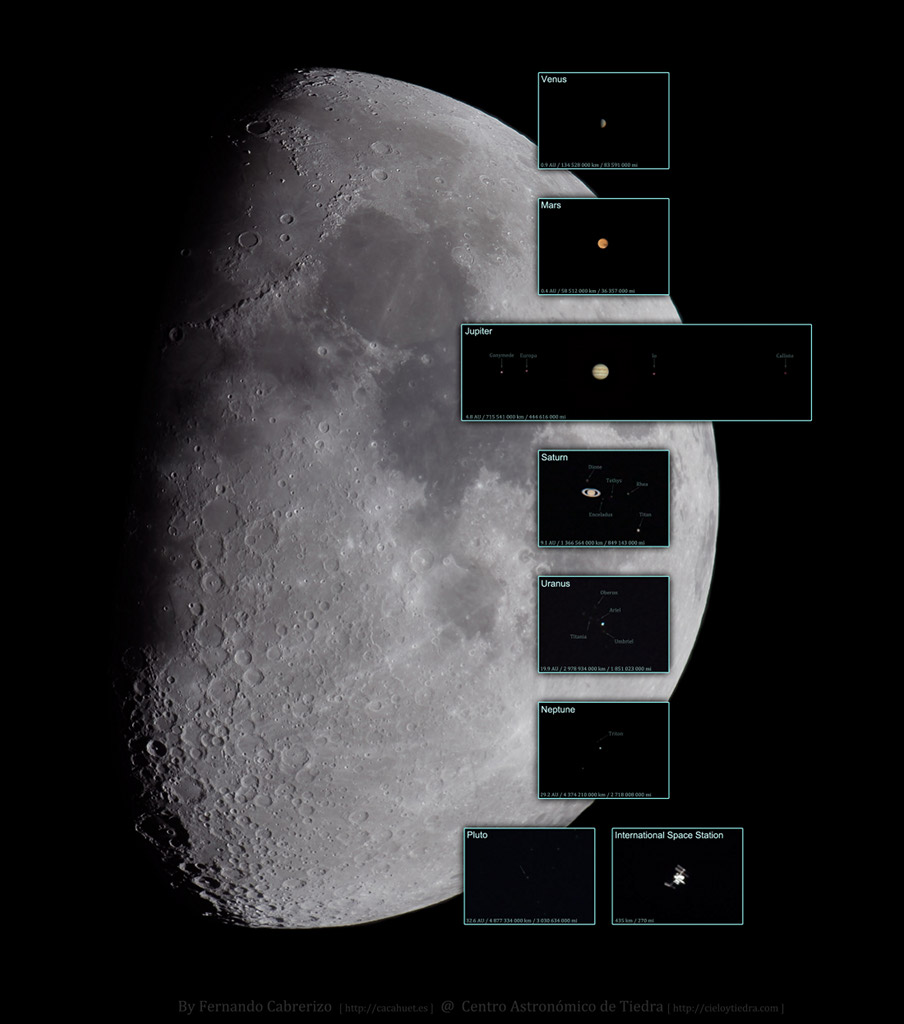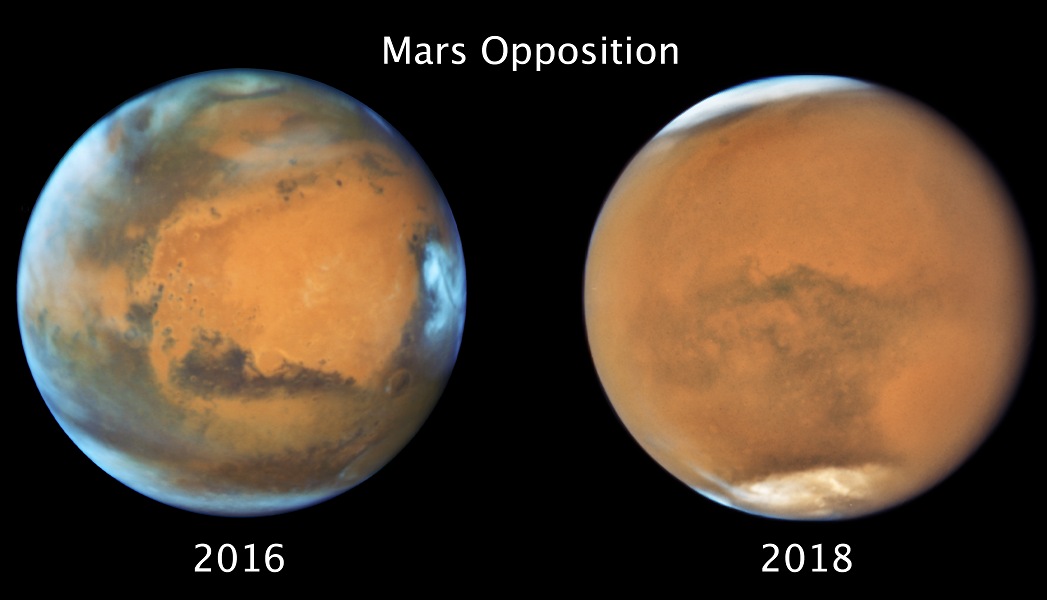
Journey to the Center of the Galaxy



The MUREP Innovations in Space Technology Curriculum (MISTC) awards align with the priorities of the agency’s Space Technology Mission Directorate (STMD), which is responsible for developing the crosscutting, pioneering new technologies and capabilities the agency needs for current and future missions.
from NASA https://ift.tt/2uUX7Xw
via IFTTT![]()
NASA has awarded a contract to the University of Colorado Boulder for the management and operations of the agency’s Earth Observing System Data and Information System Snow and Ice Distributed Active Archive Center (DAAC).
from NASA https://ift.tt/2uSKmN0
via IFTTT![]()
NASA interns, visitors at New Mexico’s City of Las Cruces Museum of Nature and Science, and NASA’s Wallops Flight Facility will speak with astronauts aboard the International Space Station as part of NASA’s Year of Education on Station next week.
from NASA https://ift.tt/2mMOEBi
via IFTTT![]()
From flooding in New Orleans to coffee cultivation in Guatemala and wildfires in Alaska, NASA Earth observations from space are being put to work helping address a wide range of real-world issues.
from NASA https://ift.tt/2LvIvbk
via IFTTT![]()

NASA Administrator Jim Bridenstine will make his first official visit to NASA’s Langley Research Center in Hampton, Virginia, on Tuesday, July 31, to meet with employees and tour the facility.
from NASA https://ift.tt/2NMz1W9
via IFTTT![]()